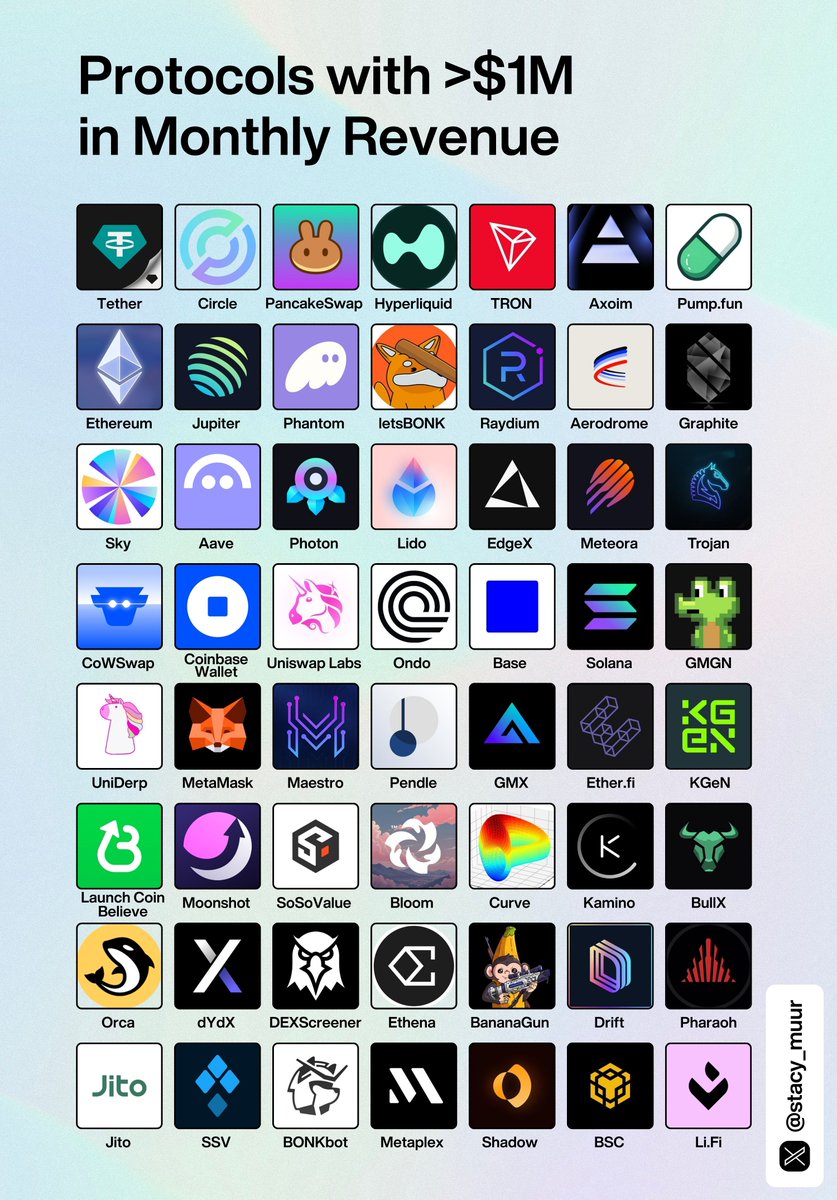Lido DAO-hinta
valuutassa USD

Tietoja kryptosta Lido DAO

Vastuuvapauslauseke
OKX ei tarjoa sijoitus- tai omaisuussuosituksia. Sinun on harkittava huolellisesti, sopiiko digitaalisten varojen treidaus tai hallussapito sinulle taloudellisen tilanteesi huomioon ottaen. Ota yhteyttä laki-/vero-/sijoitusalan ammattilaiseen, jos sinulla on kysyttävää omaan tilanteeseesi liittyen. Lisätietoja on käyttöehdoissa ja riskivaroituksessa. Käyttämällä kolmannen osapuolen verkkosivustoa (”TPW”) hyväksyt, että kolmannen osapuolen verkkosivuston käyttöön sovelletaan kolmannen osapuolen verkkosivuston ehtoja. Ellei nimenomaisesti kirjallisesti toisin mainita, OKX ja sen kumppanit (”OKX”) eivät ole millään tavalla yhteydessä kolmannen osapuolen verkkosivuston omistajaan tai operaattoriin. Hyväksyt, että OKX ei ole vastuussa mistään menetyksistä, vahingoista tai muista seurauksista, jotka aiheutuvat kolmannen osapuolen verkkosivuston käytöstäsi. Huomaathan, että kolmannen osapuolen verkkosivun käyttö voi johtaa varojesi menetykseen tai vähenemiseen. Tuote ei välttämättä ole saatavilla kaikilla lainkäyttöalueilla.
Krypton Lido DAO hintasuoritus
Lido DAO sosiaalisessa mediassa


Oppaat

Luo ilmainen OKX:n tili.
Lisää varoja tilillesi.
Valitse kryptosi.
Lido DAO UKK
Tutustu tarkemmin Lido DAO-rahakkeeseen
Yksi kryptovaluutta-alan merkittävimmistä tapahtumista oli Ethereumin pääverkkosiirtymä steikkaustodiste (PoS). Tämä siirtymä herätti huolta 32 ETH:n vaatimuksesta tulla steikkauksen Ethereum-validaattoriksi. Lido (LDO) syntyi liquid steikkaus -ratkaisuna hajautettu rahoitus (DeFi) -tilassa, mikä madalsi tätä korkeaa sisäänpääsykynnystä ja antoi kenelle tahansa mahdollisuuden steikkaa ETH:ta ja ansaita palkkiot.
Mikä on Lido
Lido on hajautettu protokolla, joka tarjoaa likvidejä steikkaus-palveluita useille PoS-lohkoketjuille, mukaan lukien Ethereum (ETH), Solana (SOL), Polygon (MATIC) ja Polkadot (DOT). Liquid steikkaus osoittaa PoS steikkauksen kriittisen ongelman, nimittäin epälikviditeetin, joka ilmenee, kun vara on steikkaus ja lukittu, ja siihen ei pääse käsiksi tietyksi ajaksi. Lido ratkaisee tämän haasteen tarjoamalla käyttäjä likviditeetti ja ei-säilytys steikkaus -ratkaisut, joiden avulla he voivat säilyttää joustavuuden ja pääsyn steikkaus varaansa. Toukokuuhun 2023 mennessä Lidon lukittu kokonaisarvo (TVL) ylitti 11,7 miljardia dollaria, mikä tekee siitä johtavan nestemäisen steikkaus-alustan.
Lido-yhteisö hallitsee protokollaa LDO rahaken kautta, mikä antaa haltijalle mahdollisuuden äänestää parannuksista, päivityksistä ja verkkoparametreista. Tämä hajautettu autonominen organisaatio (DAO) valvoo myös vakuutus- ja kehitysvarat.
Lidon tiimi
Lido lanseerattiin pian Ethereuem-fuusion jälkeen joulukuussa 2020 Lido DAO:n toimesta. Lidoa hallitsevat LDO rahakkeen yhteisön jäsenet ja haltijat. Lido DAO:n jäsenillä on todistetusti kokemusta hajautettu rahoitus (DeFi) -tilassa. Merkittäviä avustajia ovat Semantic VC, P2P Capital, ParaFi Capital, BitScale, Julien Bouteloup ja AAVE.
Miten Lido toimii
Kun käyttäjä steikkaa vara in Lido, he vastaanota tokenisoituja esityksiä (kuten stETH tai stDOT) suhteessa 1:1. Nämä tokenisoidut varat pysyvät likvideinä ja saatavilla, joten käyttäjät voivat käyttää niitä muilla DeFi-alustoilla, kuten takaaja DAO ja Curve DAO. Tehostettu likviditeetti laajentaa käyttäjän mahdollisuuksia ja taloudellista optiotia.
LDO tokenomiikka
LDO on ERC-20 rahake, jonka tarjonta on rajoitettu 1 miljardiin. LDO rahake on avainasemassa Lidon hallinnossa; mitä enemmän LDO rahake steikkaus, sitä enemmän äänivaltaa haltijalla on päätöksenteossa protokollapäivityksistä resurssien allokointiin.
LDO-jakelu
Lanseerauksen yhteydessä 1 miljardi LDO rahake jaettiin seuraavasti:
- 36,32 prosenttia Lidon DAO:n kassaan
- 22,18 prosenttia sijoittaja
- 20 prosenttia alkuperäisille Lido-kehittäjille
- 15 prosenttia varattu perustajille ja futuurit työntekijälle
- 6,5 prosenttia validoijille ja allekirjoitusten haltijalle
ESG-tiedonanto






































